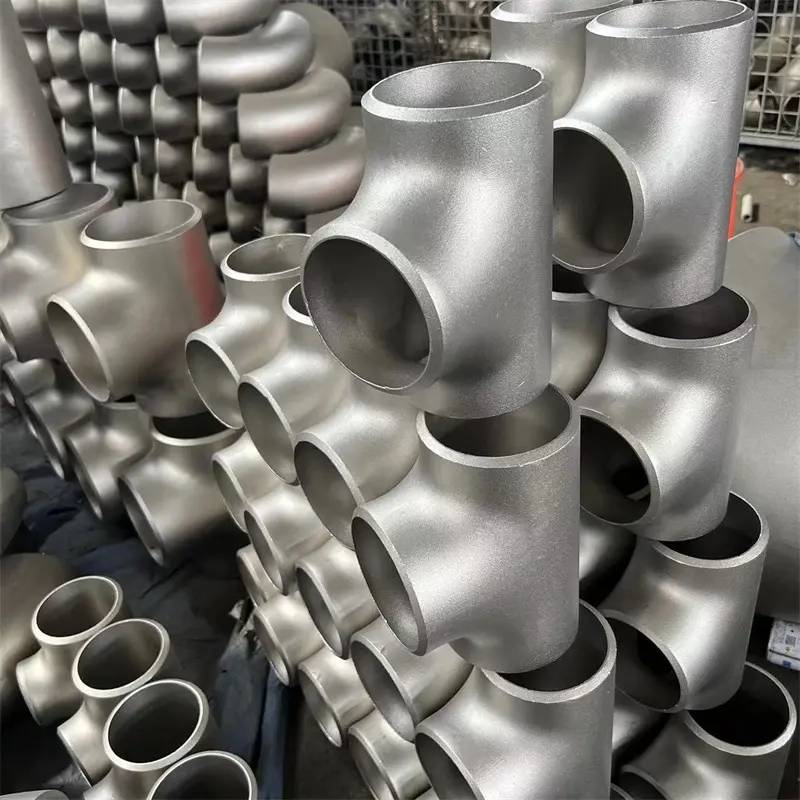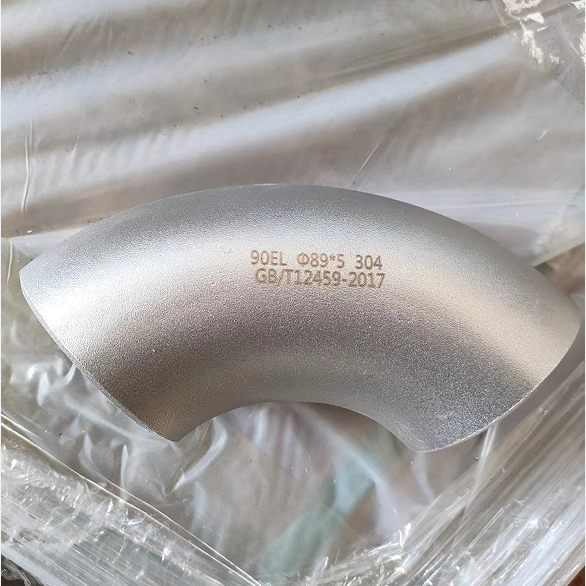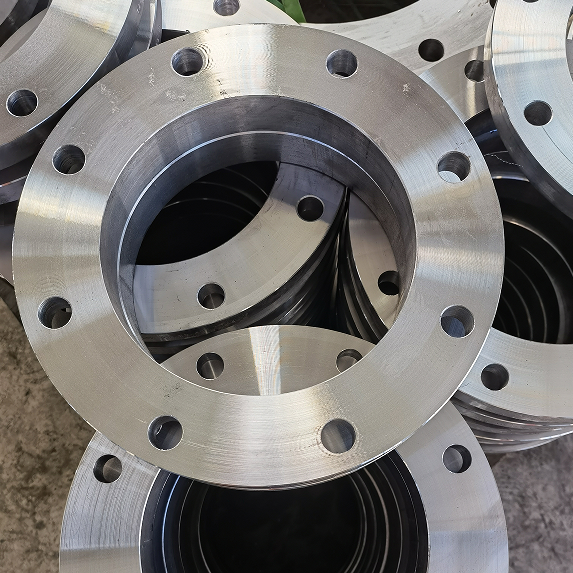Pipe fitting elbow has good corrosion resistance, but in some other medium, corrosion may occur due to low chemical stability. Therefore, it is impossible for a stainless steel to be corrosion resistant to all media. In many industrial applications, pipe fitting elbow elbow fittings can provide satisfactory corrosion resistance. According to the experience, in addition to mechanical failure, the corrosion of stainless steel is mainly manifested in: a serious corrosion form of stainless steel is local corrosion. In fact, many failure accidents can be avoided by reasonable material selection.
1、 Metal corrosion: according to the mechanism, pipe fitting elbow can be divided into special corrosion, chemical corrosion and electrochemical corrosion. Most of metal corrosion in life and engineering is electrochemical corrosion. Stress corrosion cracking : a general term used to refer to the mutual failure of stressed alloys due to the expansion of severe cracks in corrosive environments. Stress corrosion cracking has brittle fracture morphology, but it may also occur in materials with high toughness. The necessary condition of stress corrosion cracking is the existence of tensile stress and specific corrosion medium. The formation and propagation of the pattern are approximately perpendicular to the direction of tensile stress. The stress value which leads to stress corrosion cracking is much smaller than that required for material fracture without corrosive medium.
2、 Intergranular corrosion: intergranular boundary is the boundary of disordered dislocation between grains with different crystallographic orientations. Therefore, they are favorable areas for segregation of various solute elements or precipitation of metal compounds in steel. Therefore, pipe fitting elbow is not surprising that in some corrosive media, the intergranular boundary may be corroded first. This type of corrosion is called intergranular corrosion. Most metals and alloys may exhibit intergranular corrosion in specific corrosive media. Intergranular corrosion is a kind of selective corrosion damage. It is different from general selective corrosion in that the local corrosion is micro scale, but not necessarily local in macro scale.
3、 Crevice corrosion: refers to the spot or ulcer shaped macroscopic corrosion pit at the gap of metal components. Pipe fitting elbow is a form of local corrosion, which may occur in the gap with stagnant solution or in the shielded surface. Such crevices can result in total corrosion at metal to metal or metal to nonmetal joints: a term used to describe corrosion occurring in a relatively uniform manner over the entire surface of an alloy. When the overall corrosion occurs, the material will gradually become thinner due to the corrosion, and even the material will fail due to corrosion. The stainless steel may exhibit overall corrosion in strong acid and alkali. The problem of failure caused by total corrosion is not much of a concern because it can usually be predicted by simple immersion tests or by consulting the literature on corrosion.
 Shengtian Group successfully participated in the Russian Oil and Gas Exhibition
Shengtian Group successfully participated in the Russian Oil and Gas Exhibition
 Production process of stainless steel tees
Production process of stainless steel tees
 ASME B16.9 Stainless Steel Elbow Dimension
ASME B16.9 Stainless Steel Elbow Dimension
 The processing method of flanges
The processing method of flanges